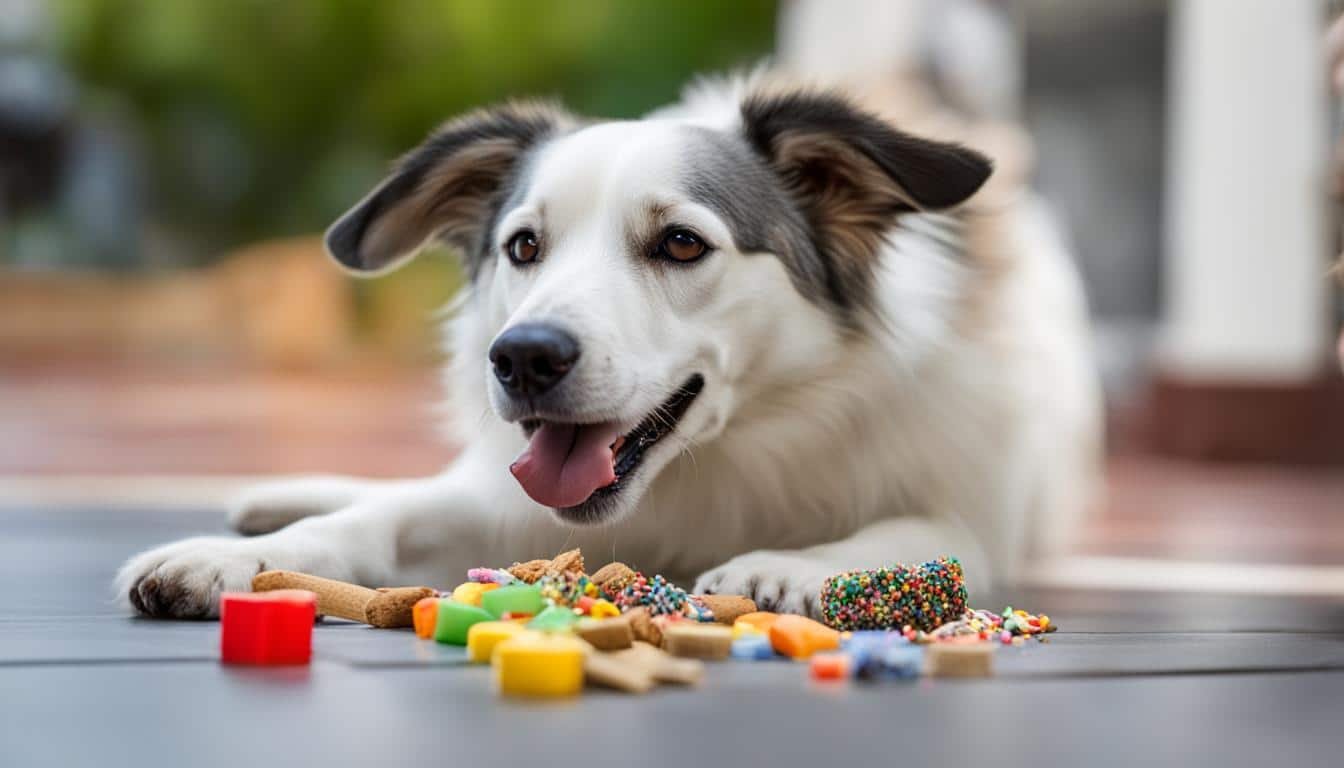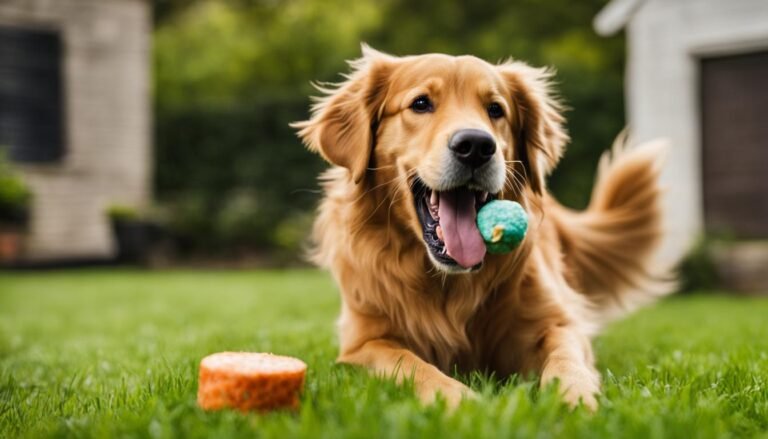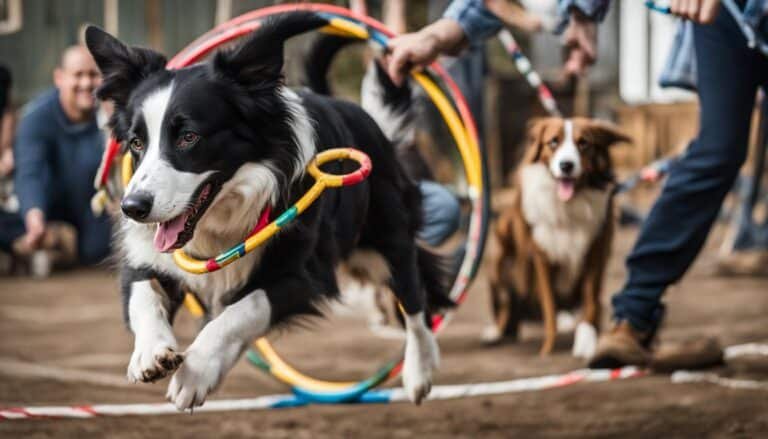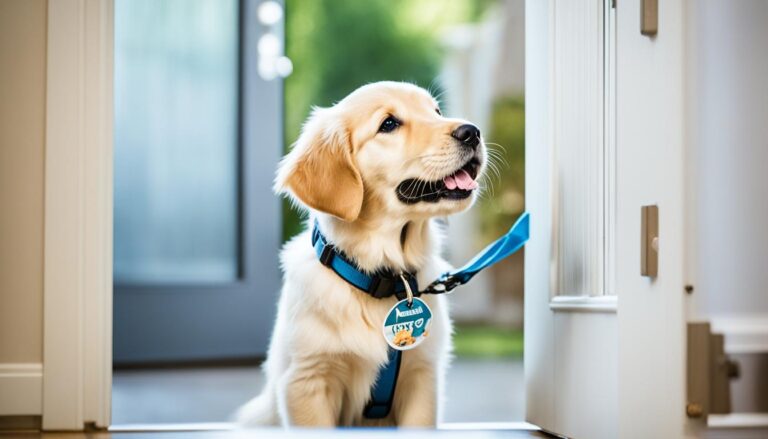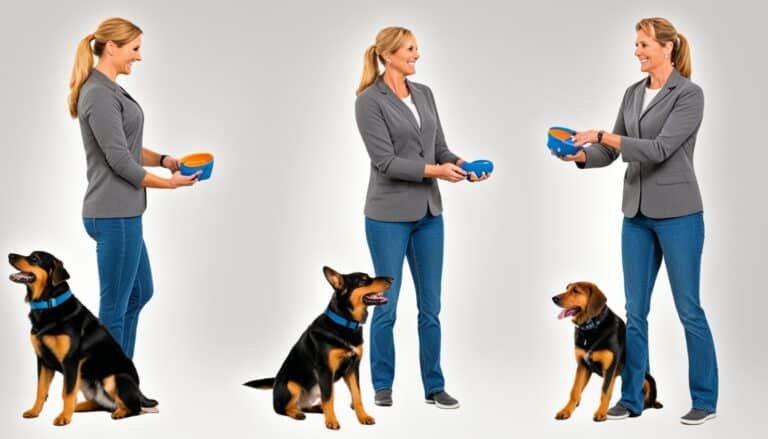How to Train a Dog Not to Nip
Meet Jasper, an adorable Labrador Retriever puppy who is full of energy and love. From the moment Jasper entered your home, he became an integral part of your family. However, one behavior that you’ve noticed is his tendency to nip and mouth during play. While it’s common for puppies to explore their surroundings with their mouths, you want to ensure that this behavior doesn’t escalate into something more serious.
In this article, you will discover effective techniques for training your dog not to nip. Through positive reinforcement training and behavior modification strategies, you can shape Jasper’s behavior and teach him to be gentle in his interactions with you and others. So, let’s dive in and learn how to transform Jasper’s nipping habit into a well-mannered and enjoyable playtime experience!
Understanding Nipping Behavior in Dogs
Nipping is a natural behavior for dogs, especially puppies, as it is a way for them to explore and interact with their environment. However, it’s important to understand the difference between playful mouthing and aggressive biting when addressing this behavior.
Playful mouthing is typically accompanied by a relaxed body and face. It is a gentle way for dogs to engage in playful interaction and is not intended to cause harm. On the other hand, aggressive biting is characterized by quick, forceful bites that may cause pain. This behavior can be a sign of underlying aggression issues that should be addressed by a qualified professional.
If you suspect that your dog’s nipping behavior is aggressive, it’s crucial to seek the guidance and assistance of a professional dog trainer or behaviorist. They can provide you with the necessary tools and techniques to manage and modify your dog’s behavior effectively.
It’s important to remember that every dog is unique, and understanding their individual behavior is key to addressing nipping issues. By seeking professional help and implementing appropriate training methods, you can create a safe and harmonious environment for both you and your furry friend.
Teaching Bite Inhibition
Bite inhibition is a crucial skill that all dogs should learn, especially during their puppyhood. It refers to their ability to control the force of their mouthing, ensuring that they do not unintentionally harm others. Puppies naturally learn this skill through play with their littermates.
During play, if a puppy bites too hard, their playmate will yelp and stop playing. This yelping acts as a signal to the biting puppy, teaching them the consequences of their actions. As a pet parent, you can simulate this process by yelping or saying “ouch” in a high-pitched voice when your dog nips you. This sudden sound will startle them and encourage them to release their grip.
When your dog stops nipping, it’s important to praise them for their gentle behavior and continue playing together. This positive reinforcement helps reinforce their understanding of what is acceptable and encourages them to be more gentle. Additionally, you can use time-outs or redirect their chewing behavior to appropriate toys to further reinforce the importance of gentle play.
To facilitate the learning process, it’s recommended to provide your dog with plenty of chew toys. These toys serve as appropriate outlets for their natural chewing and biting tendencies. By redirecting their attention towards these toys, you can help them understand that biting human skin is not acceptable.
Benefits of Teaching Bite Inhibition
Teaching bite inhibition has several benefits for both you and your dog. It helps prevent accidental injuries caused by your dog’s biting or mouthing behavior. By learning to control the force of their bite, your dog can safely interact with humans and other animals without causing harm.
In addition, bite inhibition is crucial for puppies who will eventually become therapy or service dogs. These dogs need to be gentle and have excellent bite control to ensure the safety and comfort of the people they assist.
Remember, teaching bite inhibition takes time and consistency. It’s important to be patient and persistent in your training efforts. By helping your dog develop gentle play behavior, you are ensuring a safe and enjoyable relationship for both of you.
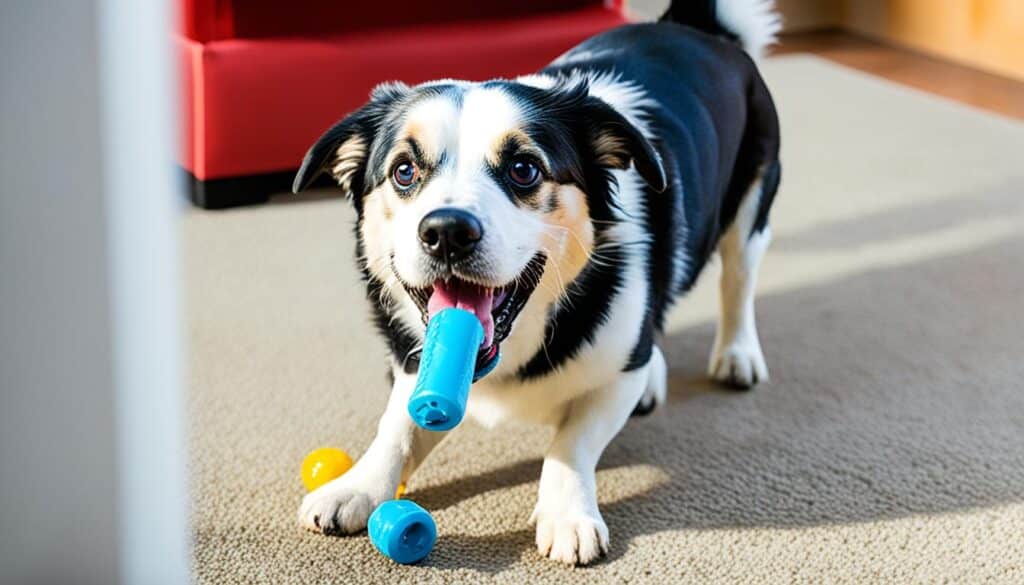
Reducing Mouthing and Nipping
To minimize your dog’s mouthing and nipping behavior, there are several training tips and strategies you can implement.
1. Provide appropriate outlets for chewing and play
Make sure your dog has access to a variety of chew toys and bones that they can redirect their attention to when they feel the urge to nip at your hands or clothing. Having appropriate toys will help satisfy their natural chewing instincts and relieve teething discomfort.
2. Interrupt and redirect
When your dog starts to mouth you, use a firm word like “no” or make a high-pitched yelp to startle them and interrupt their behavior. Immediately redirect their attention to a toy or bone that they are allowed to bite and chew on.
3. Use time-outs
If your dog continues nipping despite your efforts to interrupt them, use time-outs as a consequence. Walk away or ignore them for a short period to teach them that nipping leads to the cessation of attention and play. Be consistent with this approach so that your dog learns that nipping is not acceptable behavior.
4. Be patient and persistent
Training takes time and consistency. Be patient with your dog’s progress and persistently reinforce the message that nipping is not allowed. Consistency is key in helping your dog understand the boundaries and expectations of their behavior.
By following these training tips and staying committed to the process, you can effectively reduce and eliminate your dog’s mouthing and nipping behavior.
Teaching Your Dog Teeth Etiquette
Once your dog has learned to be gentle and control their nipping, the next step is to teach them that teeth should not be on human skin at all. Substitute your fingers or toes with a toy or chew bone when your dog attempts to nudge or nibble them. This redirects their attention to appropriate chewing options and reinforces appropriate play behavior.
You can also use treats to distract and reward your dog when they feel the urge to mouth your hands during petting. By providing a tasty alternative, you can teach your dog that appropriate play behavior does not involve nipping or biting.
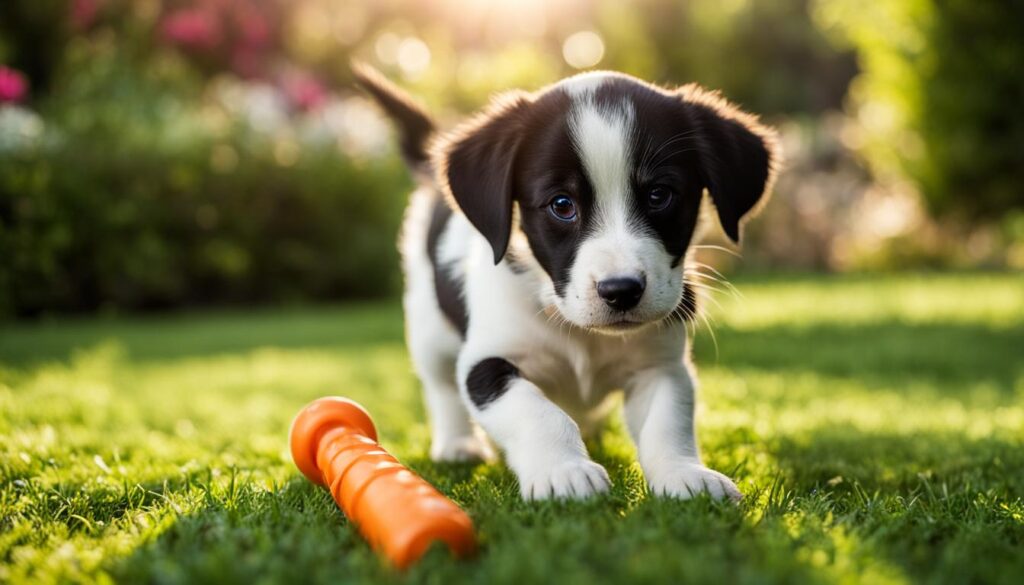
Encourage non-contact forms of play like fetch and tug-of-war to reduce the chances of rough play with your hands. This allows your dog to engage in stimulating play while minimizing the risk of them using their teeth inappropriately.
Use positive reinforcement techniques to teach your dog impulse control through commands such as sit, wait, and leave it. By rewarding them for following these commands, you are reinforcing their understanding of appropriate play behavior.
Additional Tips for Curbing Nipping Behavior
When dealing with a puppy teething or a dog that tends to nip, it’s essential to provide them with appropriate outlets and self-soothing techniques to redirect their behavior. Here are some additional tips to help curb nipping:
- Ensure your dog has plenty of interesting and new toys to keep them engaged. These toys will not only prevent them from nipping at you or your clothing but also provide relief during the teething process.
- Give your dog opportunities to socialize and play with other friendly dogs. This interaction can help them channel their energy and learn appropriate play behavior, reducing the urge to nip.
- If your dog persists in nipping despite your efforts, consider implementing a time-out procedure. This involves removing your attention and ignoring them briefly when they nip. This technique helps them understand that nipping leads to a loss of attention or playtime.
- You may also use taste deterrents on your skin or clothing to discourage nipping. These deterrents, available at pet stores, have an unpleasant taste that discourages dogs from mouthing or nipping.
- If you’re struggling to control your dog’s nipping behavior, enrolling them in an obedience class can provide professional guidance and support. In a controlled environment, expert trainers can address specific issues and teach effective techniques for curbing nipping behavior.
By implementing these additional tips and techniques, you can help your dog learn appropriate biting and chewing habits while minimizing their desire to nip. Remember, consistency, patience, and positive reinforcement are key when training your furry friend.
Start Training Early and Seek Professional Help if Needed
To ensure your dog develops good behavior and avoids nipping issues, it’s crucial to start training them from a young age. Early intervention and consistent training can prevent nipping problems from escalating and becoming more difficult to address.
If you find that your dog’s nipping behavior persists or becomes problematic, it’s highly recommended to seek help from a professional dog trainer or behaviorist. These experts have the knowledge and experience to assess your dog’s specific needs, provide tailored solutions, and guide you through the training process.
Remember that every dog is unique, and their nipping behavior may require individualized approaches. Professional dog trainers can determine the underlying causes of the behavior, address any behavioral issues, and teach you effective preventive training techniques to ensure a safer and more enjoyable relationship with your beloved pet.
